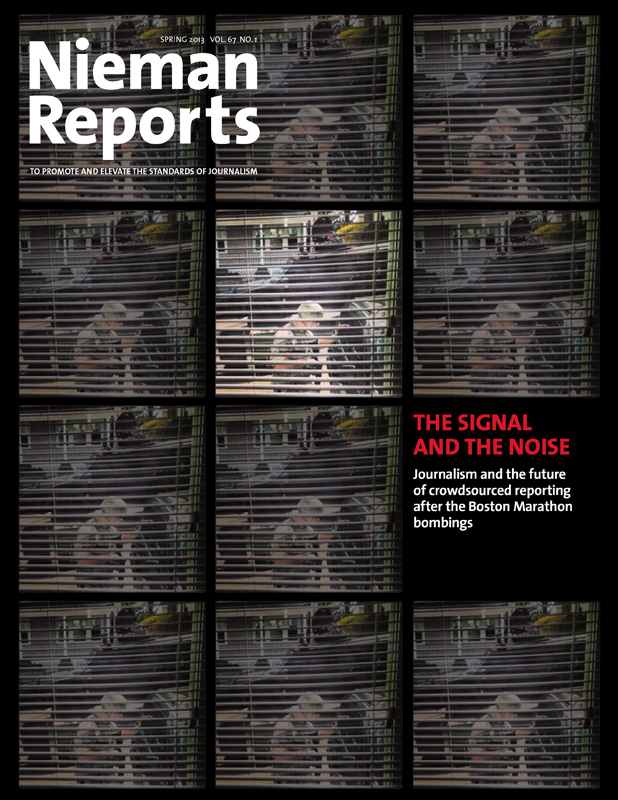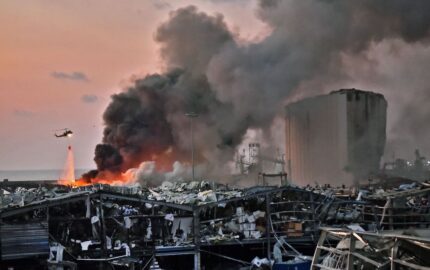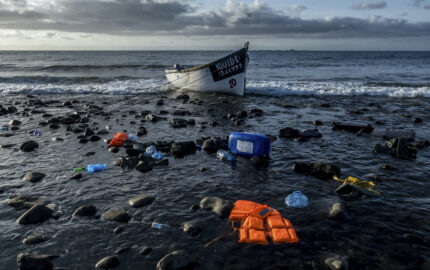
Last year I attended a fascinating conference at Heidelberg University’s Center for American Studies entitled “From Pentagon Papers to WikiLeaks: A Transatlantic Conversation on the Public Right to Know.” Several of the speakers were from an earlier, much-admired era of American investigative journalism, including Neil Sheehan, who, as a reporter for The New York Times, obtained the Pentagon Papers from Daniel Ellsberg.
As an editor at ProPublica, I was there to represent the present and future of such reporting, a subject that elicited mostly gloom. Many attendees wondered if today’s news organizations would take on powerful institutions the way some did 40 years ago, or if reporters in newsrooms stretched thin by cuts would be given the freedom to pursue a single important story with such focus.
It’s true that getting the time and resources to do in-depth investigative projects has become tougher in today’s environment. But from where I am lucky enough to sit, the modern newsroom offers advantages, too. In many regards, the tools for doing investigations have never been better than they are right now.
My last project as a reporter at ProPublica, on the state of U.S. dialysis care, exemplifies this. It was national in scope, systemic in nature, a classic deep dive. At its heart was a simple question: Why was American dialysis so bad? Here was a corner of medicine that had become a lifeline for roughly 400,000 people. The U.S. spent more per patient than virtually any other industrialized country, yet achieved poorer results. One in five patients died each year. Those who survived endured frequent hospitalizations and lousy quality of life. In my initial interviews, when I asked dialysis industry insiders to describe the level of care, several called it the health-care equivalent of a factory assembly line.
Much of our dialysis project, which was published in late 2010, relied on the same investigative techniques used in the days when reporters banged out stories on Smith Coronas: grinding shoe-leather reporting, and the exhumation of vast quantities of public documents. In combing through inspection reports, I came across dozens of instances in which patients had been killed by the very therapy meant to sustain them. The reports did not identify patients by name, but sometimes gave enough clues—age, gender, date and place of death—for me to figure out who they were. I used obituaries to track down relatives of one man, who had died from a massive brain hemorrhage after staffers at a Memphis dialysis clinic mistakenly gave him several doses of a clot-busting medication that his doctor denied ordering. After dozens of misfired phone calls, I finally reached one of James “Tug” McMurray’s 10 siblings. She recognized the name of his dialysis clinic immediately. “They killed my brother!” she exclaimed.
At the same time, our work on dialysis also showcased how new technology is allowing journalists to do things that were unimaginable when my career began. As part of the project, ProPublica obtained never-before-released government data showing patient outcomes at more than 5,000 dialysis clinics operating nationwide. Just getting the data required a two-year fight with the U.S. Centers for Medicare & Medicaid Services. But within weeks, our team turned this massive gold mine into our Dialysis Facility Tracker, a news application that allowed users to plug in their addresses or zip codes and see how clinics in their area compared according to their death, hospitalization and infection rates.
The tracker has generated more than 190,000 page views so far, and we update it annually. I have come to see freeing this information as arguably the most significant product of my reporting. Beyond empowering patients and their loved ones to find the best care, publishing this information instantly brought about a new kind of accountability for dialysis providers and the government regulators that oversee them. Needless to say, when I started out, back in the days of Criss Cross Directories, this was a kind of impact that would have been impossible.
ProPublica continues to explore how technology can provide us new pathways to investigative stories. Last year, our “Free the Files” project used an unprecedented crowdsourcing initiative to unravel up to $1 billion in spending on campaign ads. In election filings, such expenditures are often bundled into large payments to ad agencies or consultants. Last August, the Federal Communications Commission required stations in top markets to put more detailed information online, but what stations uploaded was virtually unusable—a disorganized jumble that couldn’t be searched digitally. ProPublica built a news application to make sense of the data, enlisting readers to help sort thousands of ad contracts by market, by amount, and—most critically—by candidate or group. Tapping into this data, our reporters were able to show how massive infusions of so-called “dark” money from unidentified donors were influencing races in Ohio and New Mexico.
For another ongoing project, we’ve created a community on Facebook where users can share stories about patients harmed in the course of receiving care in hospitals. The idea was not only to gather a pool of potential sources for our reporting but also to start a conversation in which community members could learn from and support each other. With upward of 1,600 members, it has worked beyond our most optimistic expectations.
Our approach to this project, which required declaring our interest in patient safety well before publishing any stories, might have been unthinkable in an earlier era, when journalism organizations were always competitive, never collaborative. At a time when much has been lost in investigative reporting, it may be worth reminding ourselves that there have also been gains—and sharing what we can.
Robin Fields is the managing editor of ProPublica.
MORE ON WATCHDOG REPORTING
Ask The Right Questions: MuckRock Makes FOIA Requests Easy
By Michael Morisy
Truth or Consequences: Where is Watchdog Journalism Today?
By Dan Froomkin
No Profession for Lone Wolves: Watchdog Reporters Need to Work Together
By Stuart Watson
Cross-Border Collaboration in Watchdog Journalism
By Stefan Candea
Let the Readers Know: How Journalists and the Public Can Work Together
By Ken Armstrong
In Korea, Watchdog Journalism Worth Watching on Television
By Chong-ae Lee
Do the Right Thing: Watchdog Reporters Handle a Bombing in Philadelphia
By William Marimow
Our Communities Crave Watchdog Journalism
By Raquel Rutledge



